The French Castle That May Have Inspired “Sleeping Beauty” Is Filled With Creepy Mannequins
In honor of Charles Perrault’s birthday, explore the Chateau d’Usse
Today’s Google Doodle honoree, Charles Perrault, is credited with helping invent the modern fairy tale. The author of classics like Cinderella, Little Red Riding Hood and Puss in Boots took French folk tales and elevated them into a courtly art form. And there’s no better way to commemorate him on his 388th birthday than to visit the lavish chateau thought to have inspired one of his most famous works, Sleeping Beauty—a castle that’s now filled with slightly creepy mannequins.
During his day, Perrault was best known as one of the French court’s most artistic figures. He rubbed shoulders with Louis XIV’s fancy friends, mingled with artists and architects, and even advised the king on a lavish 39-fountain array representing the different stories in Aesop's Fables that was eventually built in the Versailles gardens.
In 1697, he published a collection of fairy tales pulled from French oral folklore, which was in vogue among intellectuals of the age. Legend has it that he was inspired by the Chateau d’Ussé, where he stayed as a guest, to write Sleeping Beauty.
Whether you believe that the castle inspired the story or not, it’s easy to imagine “la belle au bois dormant” lying in the castle in the throes of a very sleepy enchantment. The chateau is at the edge of the Chinon forest in the heart of the Loire valley, the Unesco World Heritage site famous for its wine and landscapes that, unsurprisingly, look straight out of a storybook.
If you visit the castle, keep your eyes out for a creepy surprise—mannequins, and lots of them. For the past two decades, the chateau, which bills itself as the real Sleeping Beauty castle, has been filled with dolls dressed in period garb. The mannequins, which change outfits each year to represent a different historical period, illustrate the glitzy past life of the chateau's visitors (and the respective glitz of those written into its fairytale afterlife, too). But the effect is slightly spooky. All in a day’s work for a castle that, for better or for worse, will always be associated with a fairytale curse.
/https://tf-cmsv2-smithsonianmag-media.s3.amazonaws.com/accounts/headshot/erin.png)
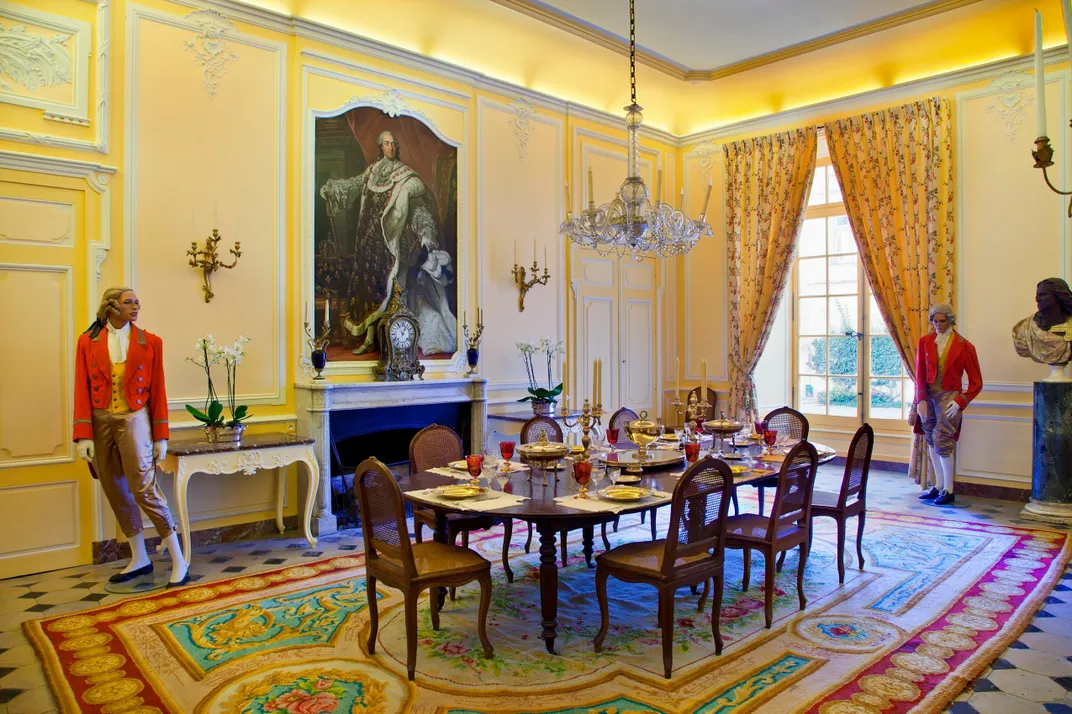
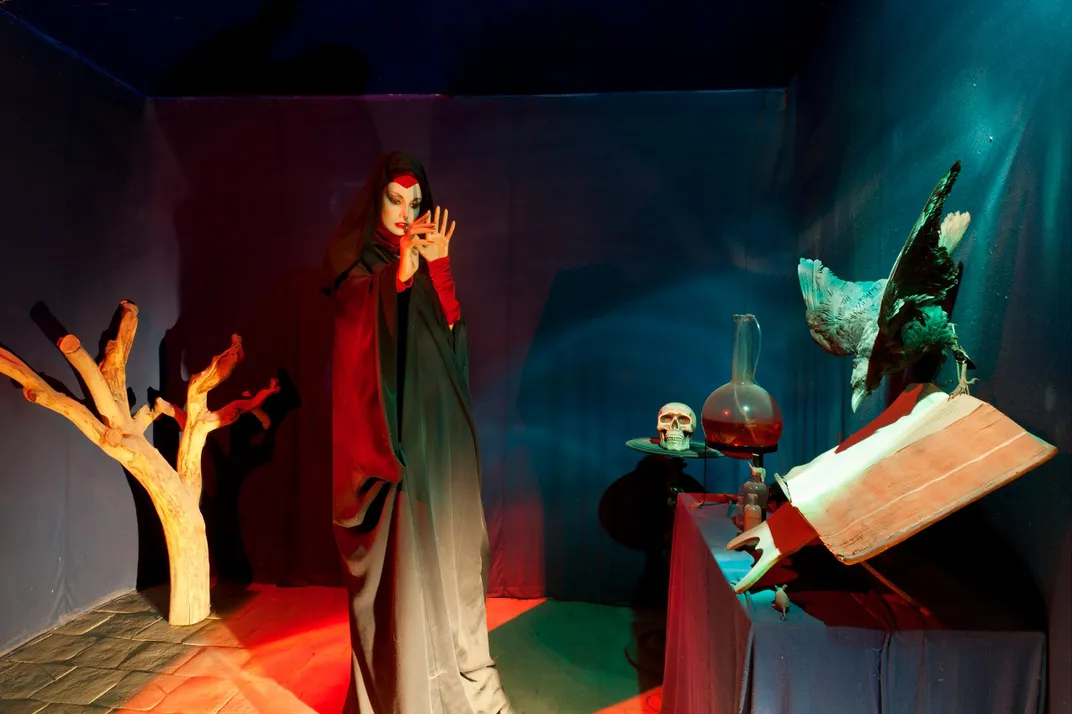
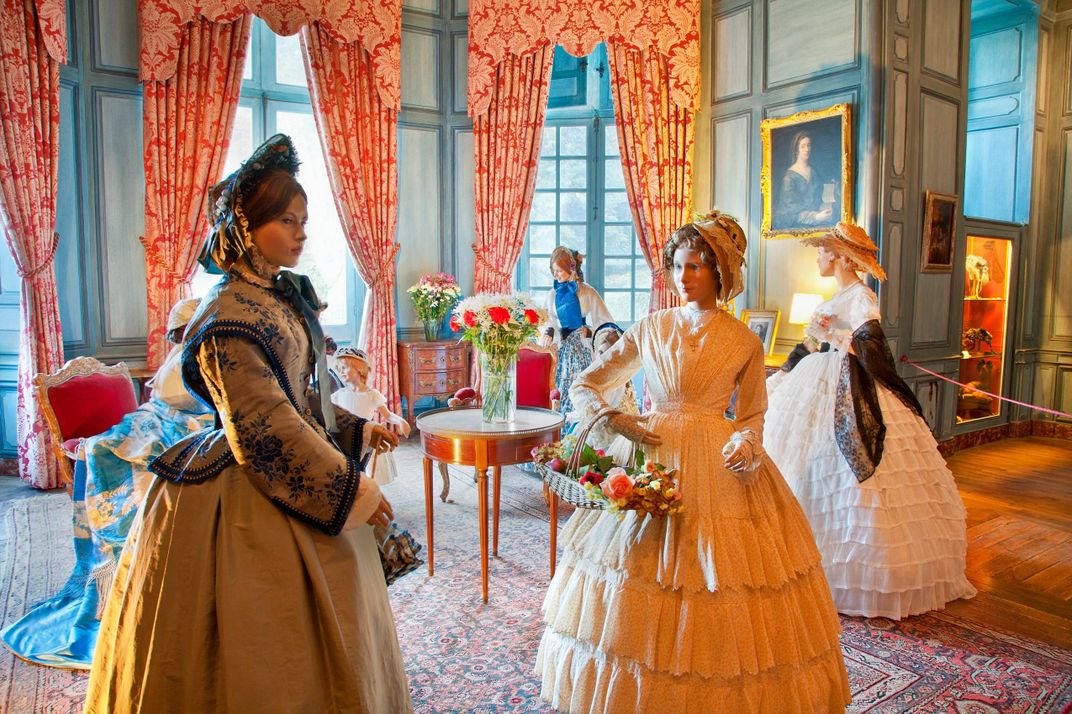
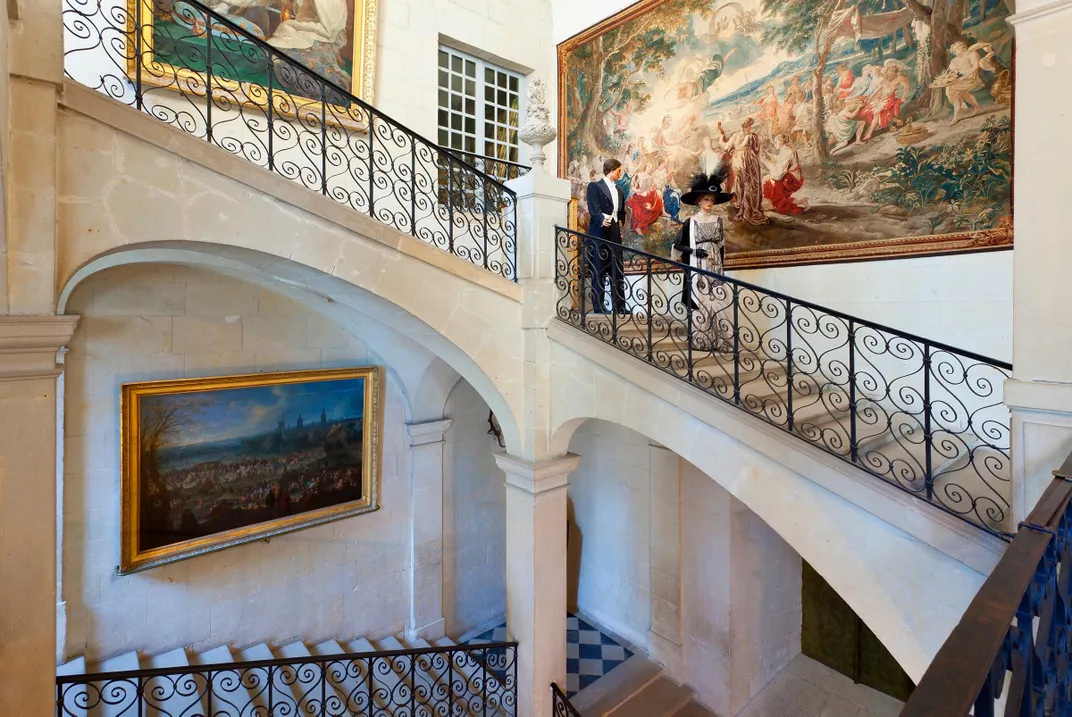
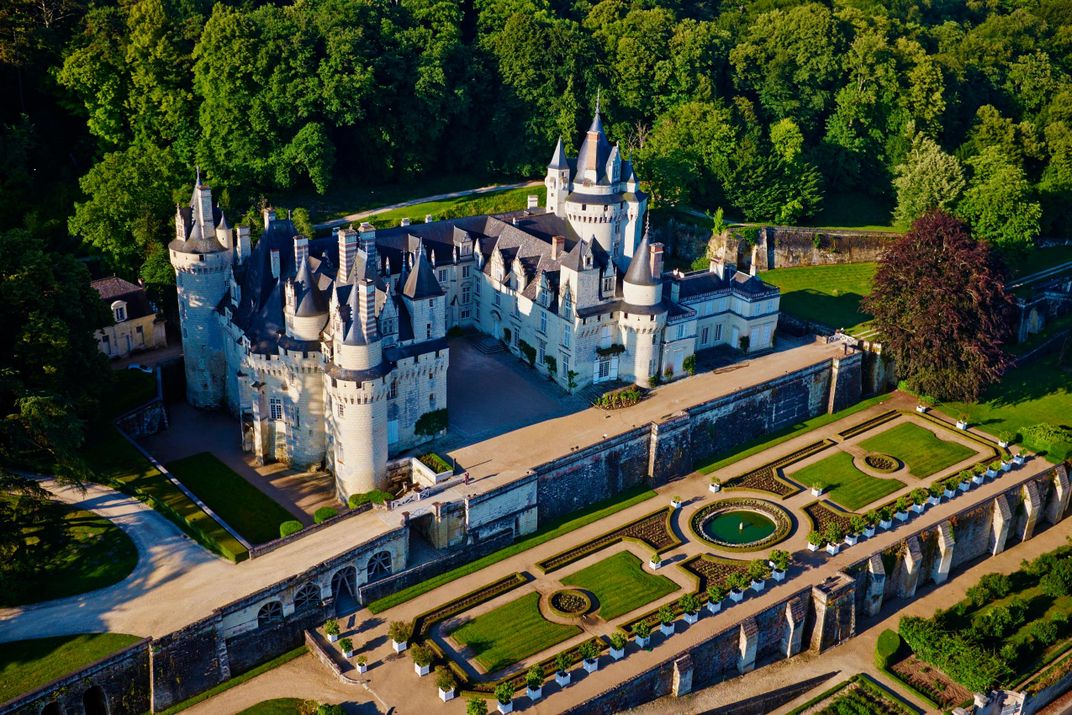
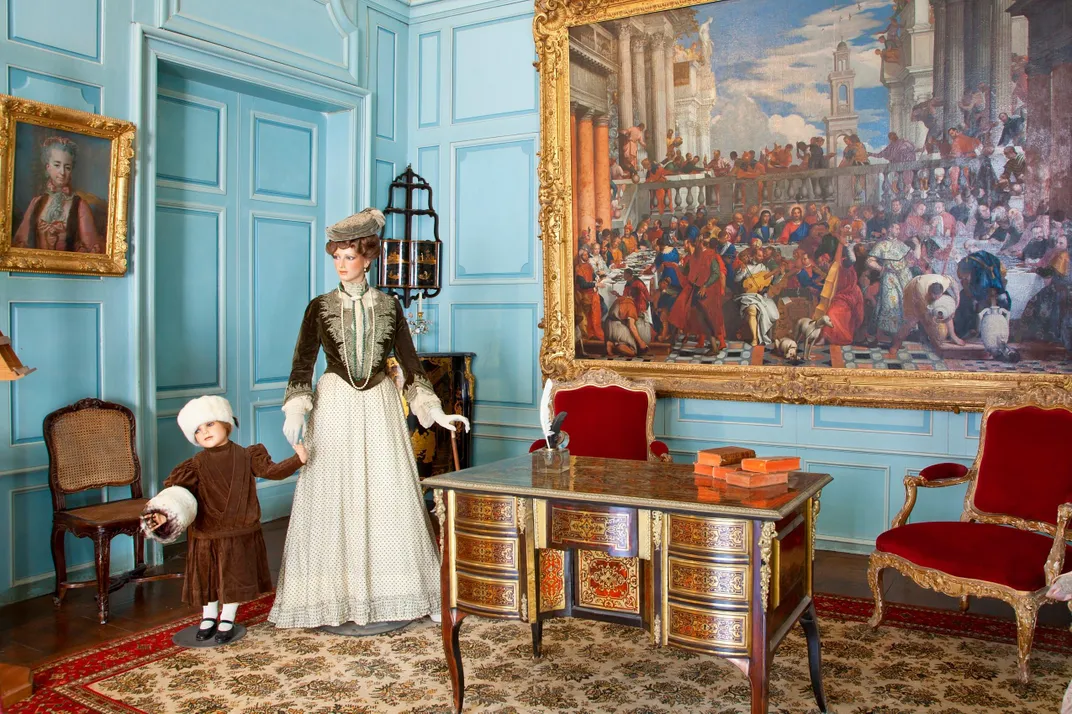
/https://tf-cmsv2-smithsonianmag-media.s3.amazonaws.com/accounts/headshot/erin.png)